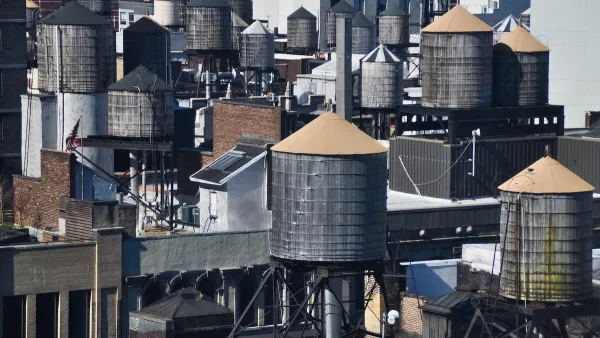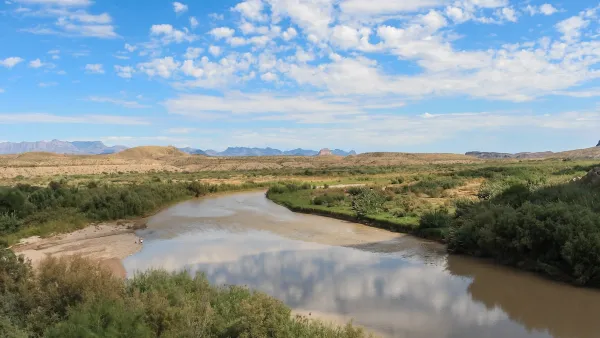As the cities in the arid Western United States face huge water shortages, officials and scientists are trying to convince the public that recycled wastewater can be clean and safe.
"Clearly, residents of San Diego would rather not drink their own wastewater. The first time the idea of it came up, about a decade ago, a public outcry forced city officials to back away, even though the effluent would have been heavily treated to make it safe to drink. When a similar plan resurfaced two years ago, the San Diego Union-Tribune editorialized that "your golden retriever may drink out of the toilet with no ill effects. But that doesn't mean humans should do the same." The plan came back a third time last fall, amidst a lingering drought, and although the city council finally passed it, Mayor Jerry Sanders vetoed what he derided as "toilet-to-tap" water recycling. If there's one word that sums up the popular view about drinking highly refined sewage it's this: yuck.
Yet San Diego, a growing city located in a dry desert climate, no longer can afford to be picky about where its tap water comes from. Already, the city pipes 90 percent of its drinking water from faraway sources in the Colorado River and from Northern California. Before long, those supplies will be cut under federal-state agreements to preserve wildlife habitat and satisfy neighboring states' claims to the Colorado. And other options, such as desalinating water from the Pacific Ocean, for now face technological, environmental and cost hurdles. So by a 5-to-3 margin, the San Diego city council last December overrode Sanders' veto. The city will conduct a pilot project to test the feasibility of pumping highly treated wastewater into one of the city's main drinking water reservoirs. As council President Scott Peters says, "We're not really in a position to turn our noses up at any potential source of water."
However reluctantly, San Diego is joining a small but growing number of drought-prone communities that are turning to a once-unthinkable option for drinking water. Just north of San Diego, in Orange County, a new $490 million plant can purify 70 million gallons of wastewater a day - highly treated effluent that eventually wends a course back to residents' faucets. South of Denver, Arapahoe and Douglas counties have broken ground on a similar project. Patrick Mulhern, director of the Cottonwood Water and Sanitation District, which serves part of Douglas County, thinks many more communities will take to drinking reclaimed wastewater. "In any of the arid states, it's getting to be the way to go."
Still, the idea suffers from an obvious public relations problem."
FULL STORY: Flushing Away Fears

Analysis: Cybertruck Fatality Rate Far Exceeds That of Ford Pinto
The Tesla Cybertruck was recalled seven times last year.

National Parks Layoffs Will Cause Communities to Lose Billions
Thousands of essential park workers were laid off this week, just before the busy spring break season.

Retro-silient?: America’s First “Eco-burb,” The Woodlands Turns 50
A master-planned community north of Houston offers lessons on green infrastructure and resilient design, but falls short of its founder’s lofty affordability and walkability goals.

Test News Post 1
This is a summary

Analysis: Cybertruck Fatality Rate Far Exceeds That of Ford Pinto
The Tesla Cybertruck was recalled seven times last year.

Test News Headline 46
Test for the image on the front page.
Urban Design for Planners 1: Software Tools
This six-course series explores essential urban design concepts using open source software and equips planners with the tools they need to participate fully in the urban design process.
Planning for Universal Design
Learn the tools for implementing Universal Design in planning regulations.
EMC Planning Group, Inc.
Planetizen
Planetizen
Mpact (formerly Rail~Volution)
Great Falls Development Authority, Inc.
HUDs Office of Policy Development and Research
NYU Wagner Graduate School of Public Service



























